3 Core aspects of a personalized learning platform
Neo LMS
NOVEMBER 7, 2019
No matter if we’re talking about kindergartens, elementary schools, high schools or colleges and universities, the need for a learning platform that offers personalized learning experiences for each student is all too real. 3 Core aspects of a personalized learning platform. Recommendations.


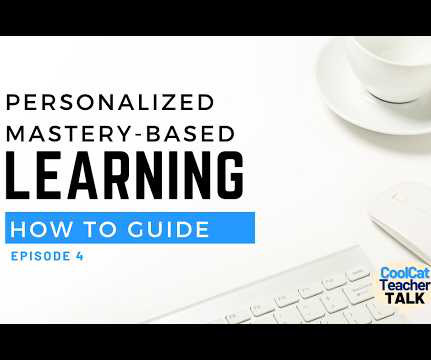
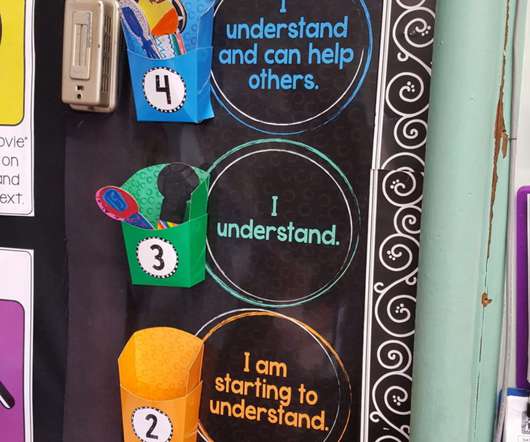


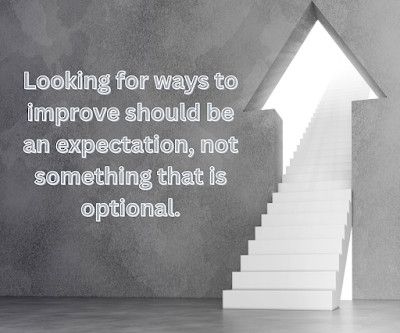
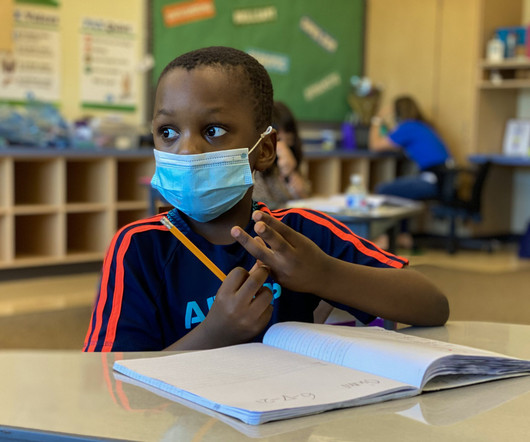
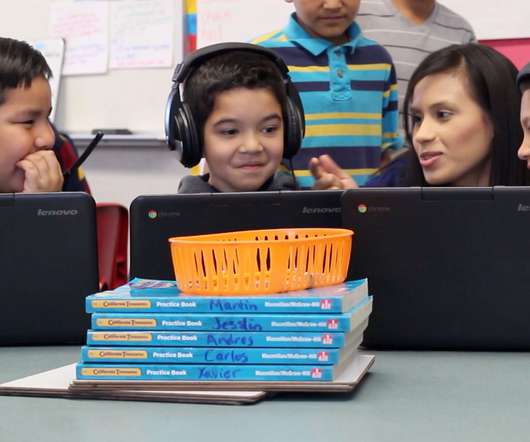
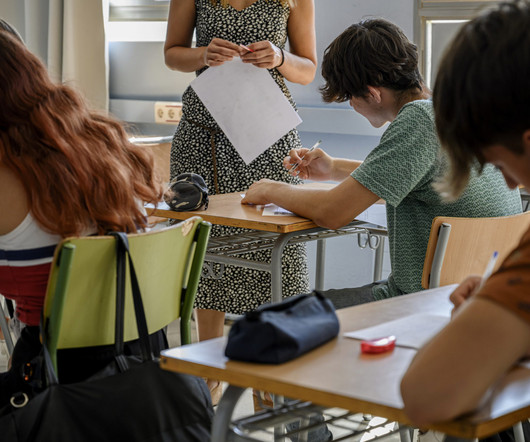
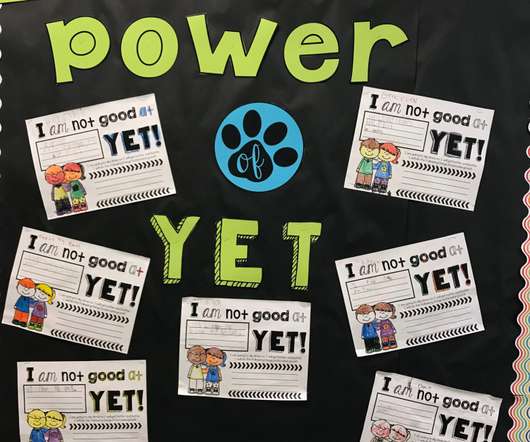









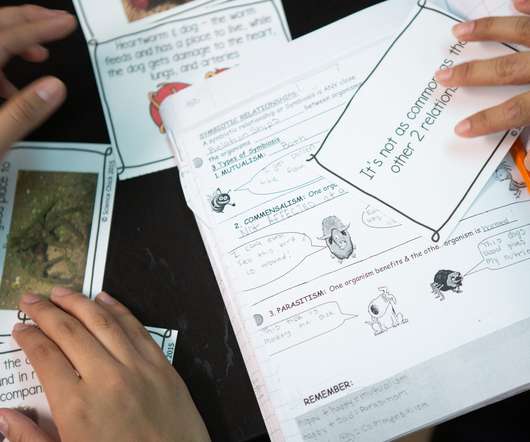
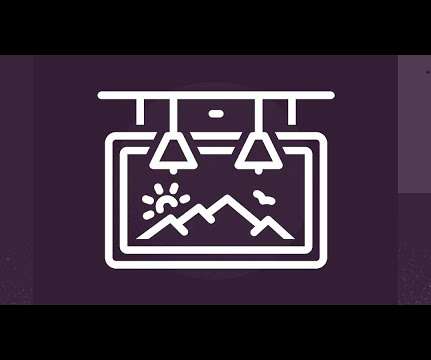





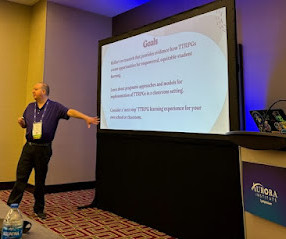










Let's personalize your content